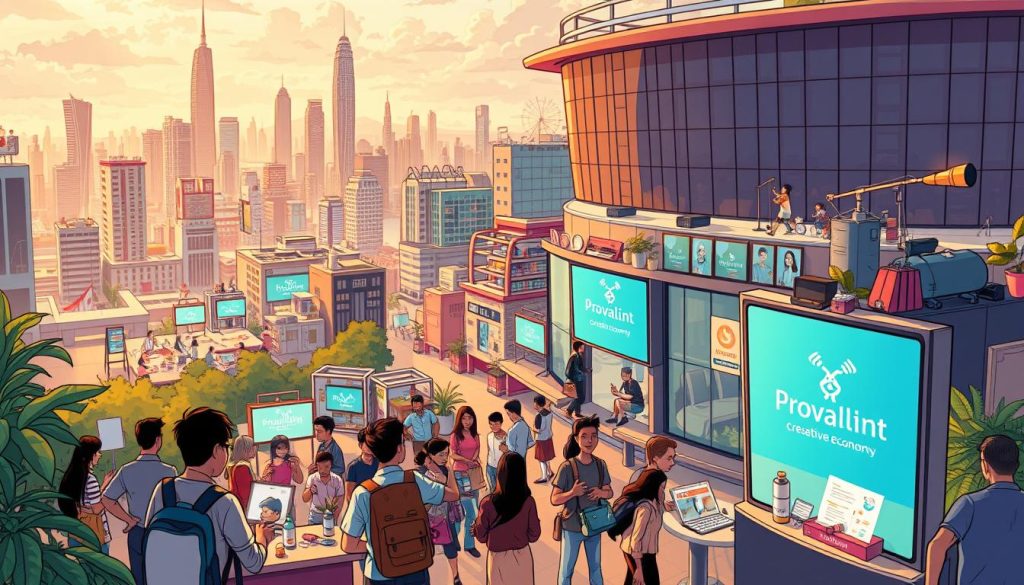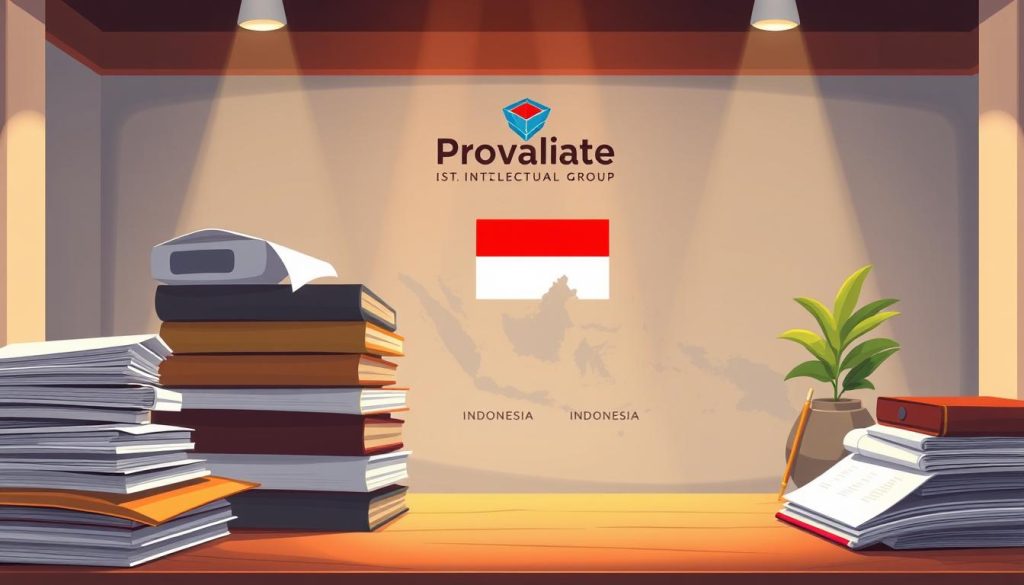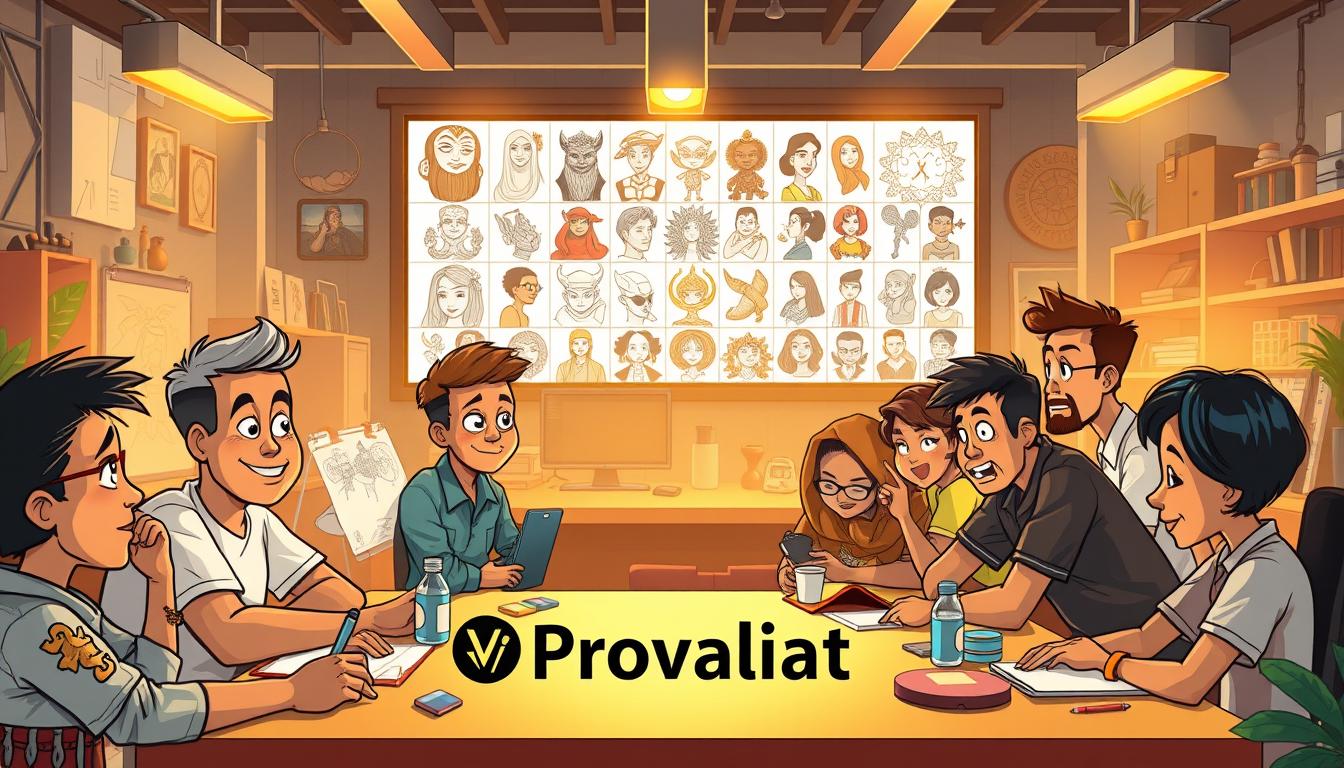In a groundbreaking move, Mitsubishi Motors Indonesia recently became the first automaker to license a homegrown intellectual property for their latest vehicle launch—generating 42% more consumer engagement than traditional campaigns. This milestone underscores how cultural creativity is reshaping commercial strategies in Southeast Asia’s largest economy.
The Creative Economy Ministry’s Sky Explorer program exemplifies this shift. By partnering with airlines and digital creators, the initiative bridges industries while elevating authentic stories to global audiences. Deputy Minister Irene Umar calls these collaborations “the new engine of growth,” merging tradition with innovation to unlock untapped market potential.
Provaliant Group, based in Jakarta, offers specialized insights into this dynamic landscape. Their analysis reveals how businesses can leverage unique narratives to stand out in crowded markets. From automotive giants to airlines, forward-thinking companies are discovering that culturally rooted IP isn’t just art—it’s a strategic asset driving measurable results.
Key Takeaways
- Indonesia’s creative IP market offers fresh opportunities for authentic brand differentiation
- Government-backed programs foster cross-industry partnerships with global reach
- Major corporations see increased engagement through culturally relevant campaigns
- Strategic IP utilization serves as both economic driver and cultural ambassador
- Collaborations between creators and businesses demonstrate versatile commercial applications
Industry Overview and the Emergence of local character IP Indonesia

Southeast Asia’s third-largest economy now thrives on stories woven from its 17,000 islands. The creative sector contributes 7.4% to national GDP, fueled by fresh approaches to cultural storytelling. Deputy Minister Irene Umar recently noted: “Our narratives aren’t just art—they’re economic accelerators connecting tradition with tomorrow’s markets.”
Context of Creative Transformation
Strategic partnerships between public institutions and private enterprises are reshaping commercial landscapes. Over 300 creative hubs have emerged since 2020, supported by policies that protect original works while encouraging cross-sector collaboration. This framework enables brands to integrate authentic narratives into product development and marketing strategies.
Catalysts for Commercial Success
Consumer surveys reveal 68% of shoppers prefer goods reflecting regional heritage. Airlines and automakers now commission original characters and designs from domestic artists, seeing average revenue boosts of 19% in targeted campaigns. Such initiatives demonstrate how cultural assets drive measurable business outcomes while preserving artistic integrity.
Forward-thinking corporations recognize dual benefits: unique market positioning and strengthened community ties. These collaborations prove that commercial success and cultural preservation aren’t mutually exclusive—they’re complementary forces in today’s globalized economy.
Innovative Collaborations and Fair Use Insights

Strategic alliances between corporations and creative professionals are reshaping how businesses engage with cultural assets. These partnerships balance commercial objectives with legal safeguards, creating win-win scenarios for all stakeholders.
Government Initiatives and Cross-Industry Partnerships
The Creative Economy Ministry’s Sky Explorer program demonstrates successful collaboration. Airlines, automakers, and digital creators jointly developed campaigns featuring authentic regional stories. This approach boosted brand visibility while respecting original creators’ rights.
Understanding Fair Use in Commercial Contexts
Indonesia’s Copyright Law permits limited use of protected works for specific purposes. A four-factor test helps companies assess compliance risks:
| Factor | Business Consideration | Example |
|---|---|---|
| Purpose of Use | Educational vs commercial intent | Product packaging design analysis |
| Work Nature | Fictional vs factual content | Historical pattern adaptations |
| Portion Used | Substantial vs incidental usage | Textile motif sampling |
| Market Impact | Revenue effect on original | Collaborative merchandise lines |
Legal Framework in Practice
Article 44 enables transformative use for research and development. A furniture company recently redesigned traditional patterns for modern interiors, citing sources appropriately. This project increased sales by 23% without legal issues.
Proper attribution remains crucial. Businesses should consult legal experts when adapting existing works. Clear documentation helps demonstrate compliance during audits or disputes.
Case Studies and Market Dynamics in Intellectual Property

Recent legal battles reveal how Indonesia’s evolving intellectual property ecosystem balances global standards with domestic priorities. From snack packaging to automotive parts, disputes highlight the importance of strategic trademark registration and cultural awareness.
Examination of Trademark Disputes and Notable Examples
A 2023 review shows varied outcomes in commercial conflicts. When German confectioner Delfi attempted to register “CHACHA,” courts ruled in favor of a regional tea brand using “Cha-Cha” since 2018. Conversely, DC Comics secured rights against a wafer producer using Superman imagery without permission.
| Companies | Issue | Outcome | Legal Basis |
|---|---|---|---|
| Puma vs Pumada | Footwear branding | Local company retained rights | Prior registration |
| IKEA vs Surabaya firm | Furniture classes 20-21 | Domestic company prevailed | Article 21 |
| Merck KGaA vs PT. Phapros | Pharmaceutical naming | International brand won | Famous mark status |
Impact on International vs. Local Brands
These cases demonstrate three critical patterns:
- First-to-file principle strongly influences decisions
- Cultural relevance boosts domestic brand protection
- Global companies succeed when proving trademark fame
Legal expert Rina Mariani notes: “The system rewards preparedness. Whether foreign or domestic, businesses must document their rights thoroughly and act swiftly.” This approach helps companies navigate complex markets while respecting existing registrations.
Conclusion
Authentic storytelling merges tradition with modern commerce in emerging markets. Provaliant Group’s research reveals how cultural content creates bridges between businesses and communities, driving engagement while respecting creative rights. Their analysis highlights a thriving ecosystem where government initiatives and corporate partnerships yield measurable results.
The nation’s legal framework demonstrates balanced progress. Recent trademark cases show equal protection for domestic and international brands when using verified sources. This fairness encourages innovation while safeguarding original works.
Forward-thinking companies gain strategic advantages through comprehensive services that navigate regulations and cultural nuances. By understanding rights and minimizing risks, businesses unlock growth opportunities in creative sectors. Collaborations prove commercial success and cultural preservation can coexist harmoniously.
Provaliant Group’s expertise helps organizations harness these dynamic shifts. As regional narratives gain global traction, early adopters position themselves at the forefront of sustainable economic transformation.




